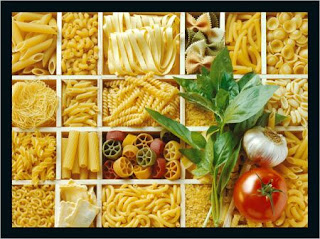Do the whites of your eyes have more lines than the state road map? If so, here’s some tips that can help you.
Water your eyes. It may be obvious, but if your red eyes is because you’re lacking sleep, find a way to catch up on your rest. Closing your eyes for 7 to 8 hours helps to rehydrate them. Without sleep, your eyes dry out.
Treat your eyelids. If your eyes are red when you wake up, the problem could be on your eyelids. That condition is called blepharitis, a low-grade infection on your eyelids. You can avoid this by washing your eyelids with warm water before you go to bed at night. Make sure you cleanse the lids from debris, makeup, oils, bacteria, dandruff and lashes.
Use eyedrops sparingly. Drops designed to reduce eye redness have an agent in them that works to constrict blood vessels. It removes the redness by shrinking the blood vessels in your eye, making it look whiter for the time being. The problem is, most of those drops have a rebound effect so that when they wear off in a couple of hours, the redness comes back worse than it was in the first place. So its better to use eyedrops sparingly.
Artificial tears can do the trick. Do you arrive at work bright-eyed, but leave with red eyes? Redness that occurs during the day is caused by dryness. In that case, you can use over-the-counter artificial tears to moisten your eyes. Unlike other eyedrops, artificial tears don’t shrink blood vessels.
Cool down. It helps to use a cool, wet washcloth and lay it over your closed eyes. The cold will constrict the blood vessels without the rebound effect, and the water will add moisture to your eyes.
Mind your pupils. When you see blood in the white of your eye, it is usually harmless, but if you see blood covering your pupil, that is serious. Go see a doctor and get medical attention immediately. Most times you won’t actually see the bleeding, but your eye will hurt, you vision will be blurred, or you’re seeing a pinkish haze. If those symptoms are present, something is definitely wrong and you should get medical treatment right away.
 Menozac is a botanical alternative medicine formulation which contains a blend of all natural herbal extracts. Developed to ease the transition and provide effective Menopause Symptoms Relief which helps to ease the typical menopause symptoms and supports the body's hormonal balance.
Menozac is a botanical alternative medicine formulation which contains a blend of all natural herbal extracts. Developed to ease the transition and provide effective Menopause Symptoms Relief which helps to ease the typical menopause symptoms and supports the body's hormonal balance.























